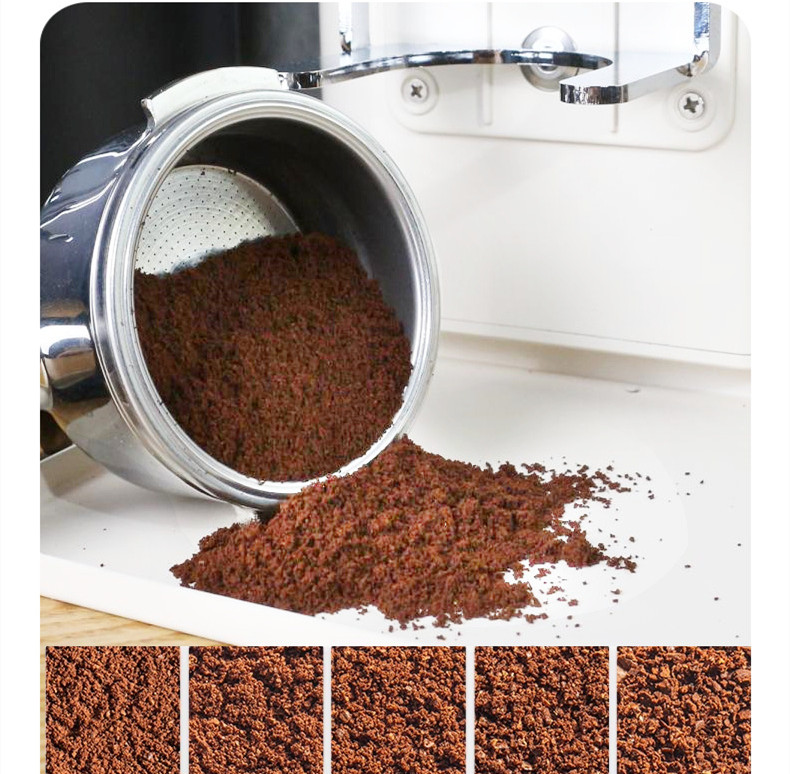The key points for using a gas-fired coffee roaster are as follows:
Ignition and safe operation: When igniting, it is necessary to pay attention to avoiding gas accumulation that may cause deflagration. For example, ignition should be carried out immediately after opening the gas valve to prevent excessive gas accumulation. At the same time, ensure that the air damper and exhaust fan are normally open to maintain the pressure balance inside the baking machine and prevent accidents.
Damper adjustment and thermal efficiency: The damper is a key component for controlling the baking effect. The state of hot air discharge should be observed by fine-tuning the air door. When the hot air shows a “braking” state, it indicates that there is positive pressure inside the drum. At this time, the adjustment should be continued until the hot air no longer escapes to achieve the best thermal efficiency. If the air door is opened too wide, it will cause negative pressure inside the drum, affecting the temperature control of the furnace and the roasting quality of the coffee beans.
Temperature and heat control: During the baking process, it is necessary to closely monitor temperature changes and control the heating rate by adjusting the gas flow rate and heat intensity. For instance, during the dehydration stage, a higher heat should be used to quickly increase the temperature, while during the development stage, the heat should be reduced to extend the reaction time and ensure that the internal flavor of the coffee beans fully develops.
Exhaust and smoke odor control: The exhaust system is crucial to the baking effect. It is necessary to ensure that the exhaust pipe is unobstructed to prevent smoke from spreading and causing the coffee beans to have a smoky flavor. Meanwhile, the exhaust system can also help remove the silver skin on the surface of coffee beans, reducing the negative impact on the flavor.
Cleaning and maintenance: Regularly clean the debris and dust inside the baking machine, especially the exhaust pipe and the interior of the drum, to prevent the accumulation of impurities from causing malfunctions or fires. In addition, it is necessary to check the operating status of the burner and the damper to ensure that the equipment is always in good working condition.


